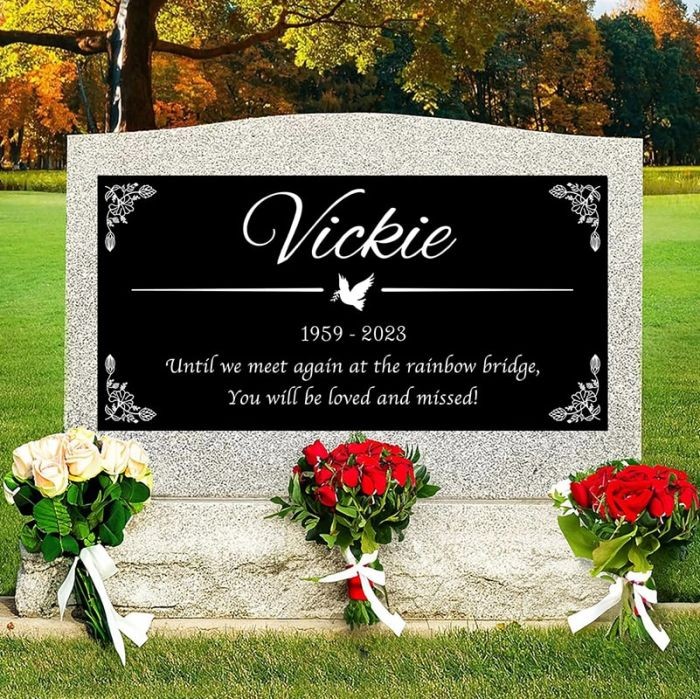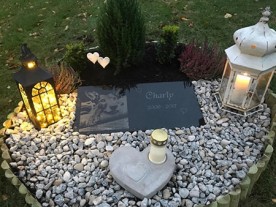Determining how you will remember a loved one who has passed away is a decision not be taken lightly or quickly. Although it may be tempting to decide shortly after a loved one has died, the grieving process can often impact that decision or make you more vulnerable to making the wrong decision. There are many options for you to choose from, and we hope to highlight the differences between two of the most popular memorial possibilities in this article. Depending on your financial ability, cemetery restrictions, or how you want your loved one to be remembered, there is certainly a lot to consider while comparing memorials and headstones.
Memorial: A memorial is an object or structure that is designed to remind people of a person or event. There are many types of memorials available to you. If the deceased wished to be cremated, you might consider buying an urn, planting a garden, or erecting a memorial bench. If your loved one wanted to be buried but did not want a large headstone, you might consider a grave marker instead. Grave markers can be made in any size to conform to cemetery or memorial park regulations. Most grave markers are made of bronze or granite, both of which are easy to engrave and customize. The main difference between a memorial and a headstone is that a memorial is meant to embellish a space.
Bronze, granite, marble, sandstone, and slate are some of the most common materials used to make memorials today. Granite is the preferred choice of cemeteries because it is an extremely hard stone that can withstand weathering and comes in a variety of attractive colors. Though marble may not be as durable as granite, it has been used to make sculptures for centuries because it is incredibly clear and beautiful. Marble is predominantly used to make sculptures and other types of monuments. Of all metals, bronze is the preferred choice of funerary professionals, because of its color and resistance to the elements. Most bronze memorials are sanded, polished, and affixed to either a wooden plaque or a granite surface for stability. Both sandstone and slate were used to construct monuments for many years, but susceptibility to erosion makes both types of rock unsuitable for contemporary memorials.
Headstone: While a memorial is typically a structure or marker that is intended to remind people of a loved one, a headstone is designed to identify the individual buried in a particular plot or place in the graveyard. Most headstones include the name, birth, and death records of the deceased, but that's not all. Headstones can vary in size from very small to very large. Depending on the design of a headstone, there may be ample space to add imagery or an epitaph of significance to the deceased. Like many memorials, headstones are made from granite and marble. If you like the look of bronze, you can add a bronze marker or plaque to amplify your loved one's headstone with a pop of color.
If you have any questions about the differences between a memorial and a headstone, please contact Memorialslab today to receive further assistance on the subject.







Validate your login